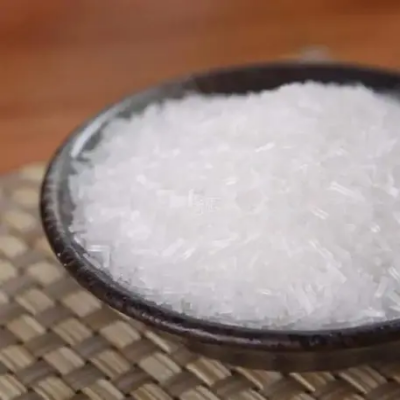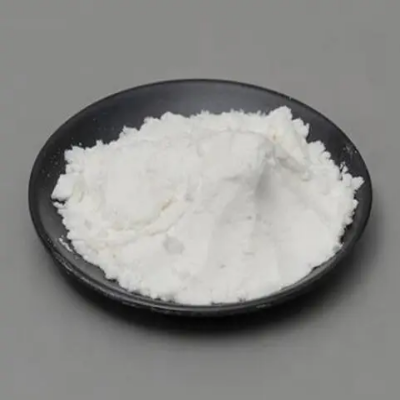DICHLOROTRIS(1,10-PHENANTHROLINE)RUTHENIUM(II) HYDRATE CAS:207802-45-7
DICHLOROTRIS(1,10-PHENANTHROLINE)RUTHENIUM(II) HYDRATE is utilized in a range of applications owing to its intriguing photophysical properties. One significant application is in the field of photocatalysis, where it serves as a photosensitizer for various light-induced reactions. The complex absorbs light in the visible region, initiating photochemical processes such as hydrogen evolution, oxygen reduction, and organic transformations. These photocatalytic reactions have implications in solar energy conversion, environmental remediation, and synthetic organic chemistry. Moreover, this compound finds use in the design of molecular devices and sensors based on its luminescent properties. Its strong luminescence, originating from the ruthenium(II) center, enables its integration into luminescent probes for sensing ions, small molecules, and biomolecules. These luminescent probes have applications in analytical chemistry, bioimaging, and fluorescence-based assays. Additionally, DICHLOROTRIS(1,10-PHENANTHROLINE)RUTHENIUM(II) HYDRATE is employed in the development of light-emitting materials for optoelectronic devices. Its ability to emit light upon photoexcitation makes it suitable for use in organic light-emitting diodes (OLEDs), luminescent displays, and other light-emitting devices. By incorporating the complex into emissive layers, researchers can tailor the optical properties of these materials for enhanced device performance. Furthermore, this compound is utilized in the field of photodynamic therapy (PDT) for the treatment of cancer and other diseases. As a photosensitizer, it generates reactive oxygen species upon light irradiation, leading to the selective destruction of targeted cells or tissues. PDT offers a non-invasive approach to cancer treatment with reduced side effects compared to traditional therapies, making it a promising avenue for medical research and clinical applications. Moreover, DICHLOROTRIS(1,10-PHENANTHROLINE)RUTHENIUM(II) HYDRATE serves as a valuable tool in fundamental research, enabling investigations into photoinduced electron transfer processes, excited-state dynamics, and photophysical phenomena. Its application extends to the study of light-matter interactions, photoredox chemistry, and the development of advanced materials for photonics and nanotechnology. In conclusion, DICHLOROTRIS(1,10-PHENANTHROLINE)RUTHENIUM(II) HYDRATE exhibits diverse applications in photochemical and photophysical studies, ranging from photocatalysis and sensing to optoelectronic devices and medical therapeutics. Its unique photophysical properties make it a versatile tool for researchers across various disciplines, driving innovations in photonics, materials science, and biomedical engineering.



| Composition | C36H36Cl2N6O6Ru |
| Assay | 99% |
| Appearance | white powder |
| CAS No. | 207802-45-7 |
| Packing | Small and bulk |
| Shelf Life | 2 years |
| Storage | Store in cool and dry area |
| Certification | ISO. |









